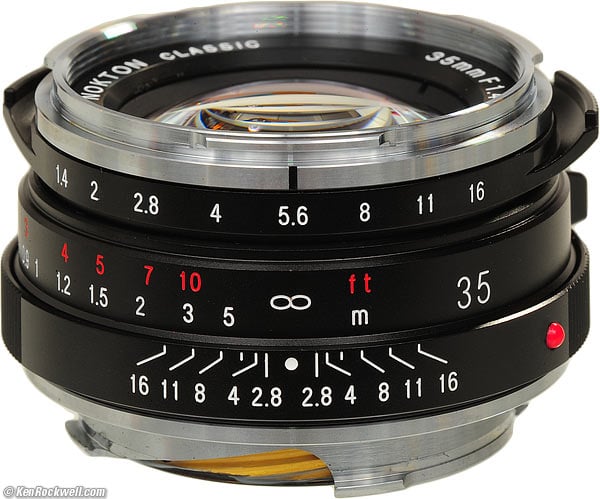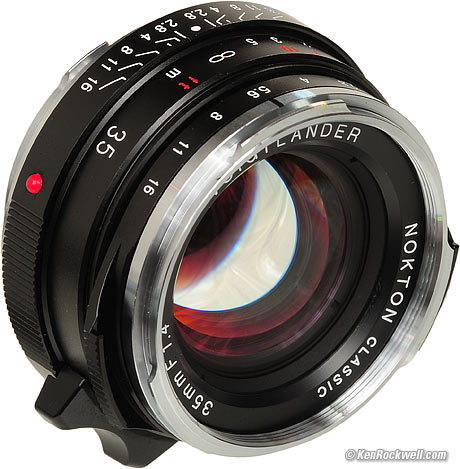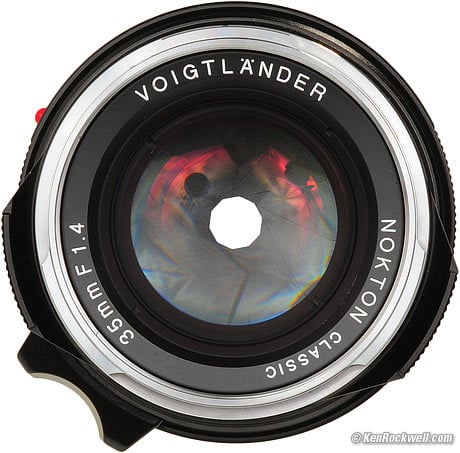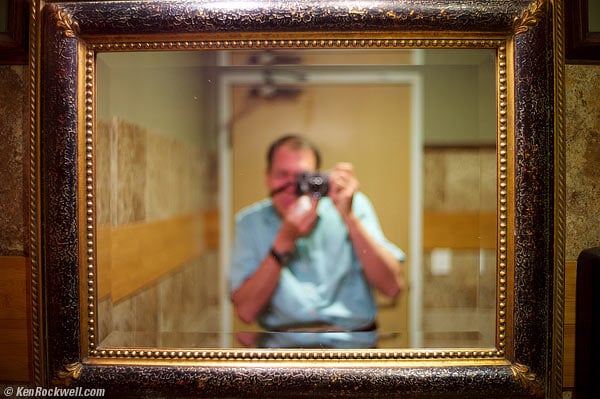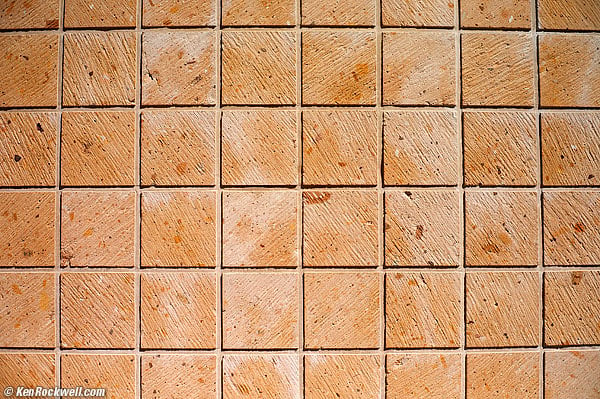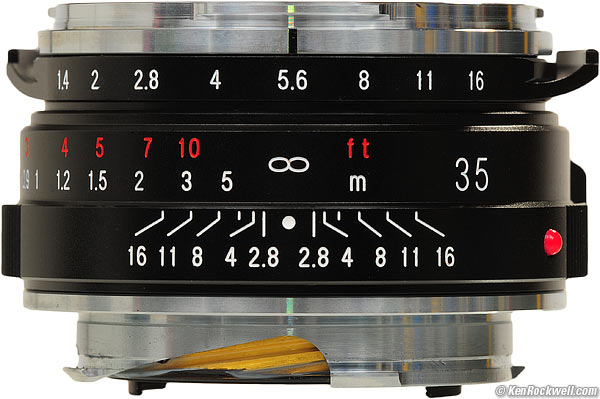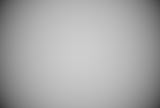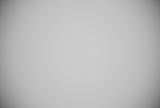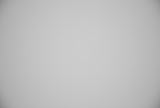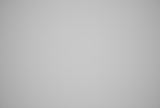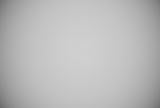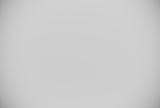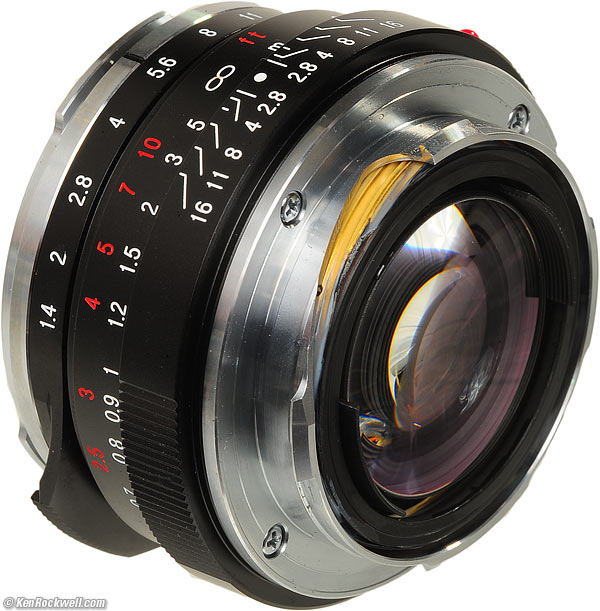Home Donate New Search Gallery Reviews How-To Books Links Workshops About Contact
Voigtländer 35mm f/1.4
M-Mount NOKTON Classic (2008-)
© 2011 KenRockwell.com. All rights reserved.
Intro Specs Performance Recommendations
Voigtländer 35mm f/1.4 NOKTON Classic (43mm filters, 7.0 oz./198g, about $629). enlarge. This free website's biggest source of support is when you use these links, especially these directly to it at Adorama or at eBay (see How to Win at eBay) when you get anything, regardless of the country in which you live. It helps me keep reviewing these specialized lenses when you get yours through these links, thanks! Ken.
October 2011 Voigtländer Reviews LEICA LEICA Lenses All Reviews
See also:
LEICA SUMMILUX 35mm f/1.4 (1960-1995)
All LEICA 35mm SUMMILUX reviews.
| Optics: | |
| Ergonomics: | |
| Usefulness: | |
| Availability: | |
| Overall: |
Introduction top
Intro Specs Performance Recommendations
|
I buy only from these approved sources. I can't vouch for ads below. |
This Voigtländer 35mm f/1.4 lens to fit LEICA M cameras is an inexpensive lens with which one can take great photos on a LEICA camera.
It is small, light, and handles very well. It is a fun lens with which to shoot.
Sadly, it is poor optically as gauged by LEICA standards. Don't waste your time with this on a LEICA M9-P, you deserve a good lens if you can afford a perishable camera like the M9.
As compared directly with any LEICA lens made in the past 50 years, the random sample of this lens that I borrowed is less sharp at large apertures and much more distorted. Bokeh is poor at f/1.4 and neutral otherwise.
This Voigtländer lens is significantly softer at large apertures than LEICA's first SUMMILUX 35mm f/1.4 (1960-1995), which is LEICA's softest modern 35mm lens. This Voigtländer lens in no shape, manner or form comparable optically with the newest LEICA SUMMILUX-M 35mm f/1.4 ASPH (floating elements).
Not only are these Voigtländer optics sub-par by LEICA's standards even 50 years ago, this filter thread is a queer 43 × 0.75mm, demanding you buy and carry a second set, as no other LEICA lens uses these filters. (LEICA's 50mm SUMMMILUX of 1959-1991 used a 43 x 0.5mm filter thread).
This is a lens for the poor man, who always pays twice. It is not a replacement for a LEICA lens. Yes, you could use this lens for a lifetime of making great photos, but in reality, most people who buy these are dithering hobbyists who spend more time on internet "forums" than actually taking pictures and only wind up buying what they really want a few years later, when the real LEICA lenses will cost even more than they do today.
I'd be all excited if this len's technical performance was good, but it's soft in the periphery (somewhat soft even at moderate apertures), and has barrel distortion completely unacceptable for rangefinder lens.
For people photography and random shots made in the middle of a street, sure, it's great, but for my sort of careful landscape and nature photography that demands performance, this lens is a loser.
Sadly for outsiders, LEICA lenses always go up in value, and even LEICA's most hated 35mm lens, the 6-element 35mm SUMMICRON of 1969-1979 that used to sell used for a few hundred dollars, now sells for double what this lens sell for. I was going to suggest this superior SUMMICRON as a replacement, but it's still more expensive. Personally, I'd prefer shooting with a 1950's LEICA SUMMARON instead, as they are also sharper and have no distortion, but are slower.
SUMMARONs are over 50 years old today, so for most people on a budget, I'd suggest the Zeiss 35mm f/2.8 ZM instead, which costs not much more, and has far superior optics as good as LEICA's fantastic LEICA SUMMICRON-M 35mm f/2 ASPH.
Again, if you want to take indiscriminate "street" photos, any lens or a disposable camera will do, but if you shoot LEICA or demand the best, you demand a better lens than this.
I was really hoping this lens would work well. Maybe I got a bad sample, but hey, if I did, you might, too. Voigtländer makes some great lenses, but this isn't one of them.
Voigtländer 35/1.4. enlarge.
Specifications top
Intro Specs Performance Recommendations
Optics top
8 conventional spherical elements in 6 groups.
Multi-coated.
Also comes in a less common but otherwise identical "S. C." single-coated version.
Diaphragm top
Voigtländer 35mm f/1.4 at f/5.6. enlarge.
10 straight blades.
Stops down to f/16.
Half-stop clicks.
Straight sides at all apertures.
Close Focus top
0.7 meters (2.3 feet).
Angle of View top
63º
Caps top
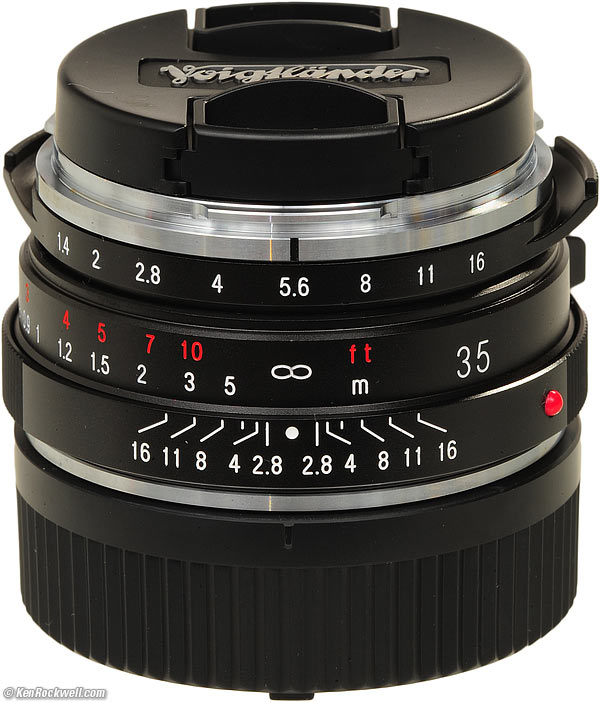
Capped Voigtländer 35mm f/1.4.
Voigtländer includes a plastic rear M cap (complete with LEICA's three classic nubs for removing and attaching screw-mount adapters to M cameras), and a plastic 43mm pinch-type front cap.
Size top
Voigtländer specifies 28.5mm (1.1") long by 55mm (2.2") diameter.
Weight top
6.990 oz. (198.1g), measured.
Voigtländer specifies 7 oz. (200g).
Hood top
Optional $70 LH-6 bayonet metal hood.
Made in top
Japan.
Introduced top
January, 2008.
Scope of Delivery top
You get the lens with caps in a plastic bag inside two white foam pieces, with a folded sheet of instructions outside.
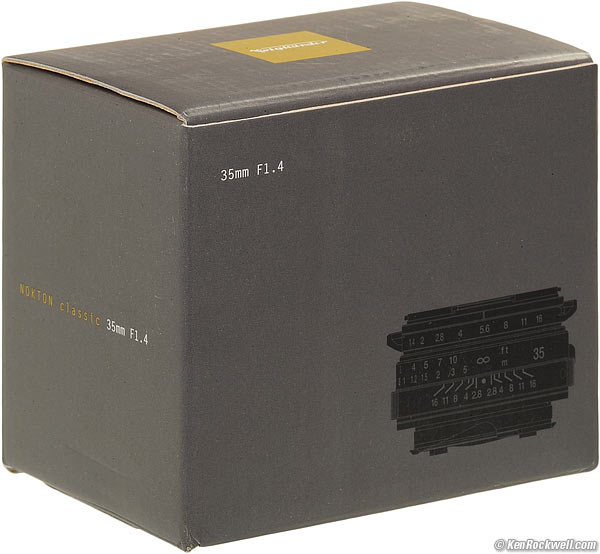
Box.
Performance top
Intro Specs Performance Recommendations
Overall Bokeh Color Diaphragm Calibration Distortion
Ergonomics Falloff Filters Finder Blockage
Focus Lateral Color Fringes Materials & Construction
Sharpness Spherochromatism Sunstars
Overall performance top
This Voigtländer 35mm f/1.4 is significantly less sharp in the periphery than the LEICA SUMMILUX 35mm f/1.4 (1960-1995), which is LEICA's softest modern 35mm lens. It also has too much distortion for a rangefinder lens.
This Voigtländer lens has great mechanics, ergonomics and focuses well, but sadly that isn't enough to save it.
Bokeh performance top
Bokeh, the character of out of focus backgrounds, not simply how far out of focus they are, is poor at f/1.4, and neutral at f/2 and smaller.
Here are crops from the center of 100% 18 MP LEICA M9 images, focused on a reference phase lattice at 3 meters (10 feet) with synthetic reference vegetation at 15 meters (50 feet). Printed full-image at this size, these would be about 52 x 35 " (1.5 x 1 meter) prints, at least as seen on most 100 DPI computer monitors:
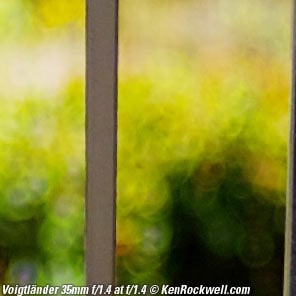 |
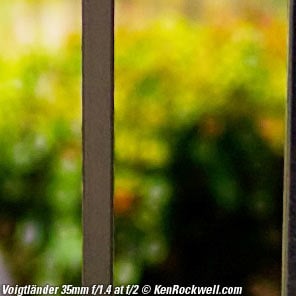 |
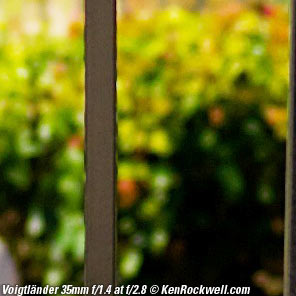 |
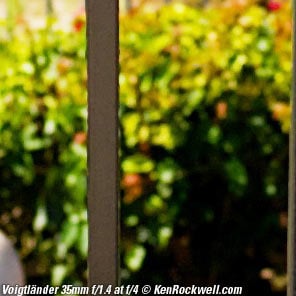 |
Here's a full-frame sample, focused on the mirror. Note also the obvious barrel distortion:
Rocky in the Bokeh Mirror (Mangia Bene?) at f/1.4. bigger.
Color Rendition performance top
Color rendition seems identical to the LEICA SUMMICRON 35mm f/2 (1970) and LEICA SUMMILUX 35mm f/1.4 (1981) to which I compared it directly.
Diaphragm Calibration performance top
The calibration is right-on: the meter in my M9 tracks each half-stop click perfectly throughout the entire range, except at f/1.4 as expected.
Distortion performance top
Wall, f/2.8. full-resolution.
The Voigtländer 35mm f/1.4 has visible barrel distortion, more than any other LEICA lens. It is not acceptable for a rangefinder lens; it has as much distortion as many SLR zooms!
Use this coefficient in Photoshop's lens distortion filter to correct for it:
Distance |
Coefficient |
10' (3m) |
+2.0 |
© 2011 KenRockwell.com. All rights reserved.
You'll never see this in random street shots with fuzzy backgrounds, but you will see it if you need all your straight lines to remain straight.
Ergonomics performance top
Voigtländer 35mm f/1.4. enlarge.
Ergonomics are excellent.
Focus is silky-smooth and has no play. It feels exactly like my LEICA lenses, and is actually smoother and less stiff than the extraordinary new LEICA SUMMILUX-M 35mm f/1.4 ASPH Floating Element, which needs a second helicoid for the second floating aspheric group (FAG).
The Voigtländer's focus tab is solid metal, not just plastic like modern LEICA lenses.
The aperture ring has detents and a grip that feels just like LEICA's SUMMICRON 35mm f/1.4 (1960-1995), and thankfully this Voigtländer lens' focus and aperture rings, tabs and levers all go in the same direction as LEICA's.
The red numbers are almost invisible. I shoot my product shots with boosted saturation that makes these red numbers much easier to read here than they actually are.
Falloff (darker corners) performance top
Falloff is visible at f/1.4 and f/2, and gone otherwise.
It's probably best without using a profile on an M9 (actually, it's best to use a good lens, not this, on an M9). With the 11869/11870/11860 profile for LEICA's original 35mm f/1.4 the corners get too light. Corners are supposed to be darker; it looks weird if they are all as bright as the middle.
I've made this more obvious by shooting a gray field and presenting these against a gray background:
Voigtländer 35mm f/1.4 falloff on full-frame M9 at infinity. No lens profile:
© 2011 KenRockwell.com. All rights reserved.
mit 11869/11870/11860 profile:
© 2011 KenRockwell.com. All rights reserved.
|
Filters, use with performance top
Voigtländer uses a non-standard 43 x 0.75mm filter thread.
Nothing from LEICA matches this.
43mm filters were popular with Nikon Rangefinder Cameras of the 1950s, and the LEICA SUMMILUX 50mm f/1.4 used a 43mm filter from 1959-1991, however these were all fine-pitch 0.5mm threaded filters.
You'll have to carry another set of 43 x 0.75mm (the modern 43mm filter thread pitch) filters just for this lens.
Finder Blockage performance top
There is no finder blockage a infinity, and is just a little bit at 0.7 meters.
This is a small lens, and has less blockage than the newest big LEICA SUMMILUX-M 35mm f/1.4 ASPH (floating element).
Focus performance top
Focus feels great, and feels exactly like my LEICA lenses. The only way to feel any difference is the smaller metal focus tab instead of LEICA's fatter plastic tabs.
Focus accuracy will vary with time, temperature, and with every individual sample of lens and every individual sample of camera. Your experience will vary.
Focus accuracy of this lens sample, at least on the sample of LEICA M9 with which I tried this lens, is perfect, yay! Everything was in perfect focus, even at f/1.4.
Samples will vary.
Lateral Color Fringes performance top
The Voigtländer 35/1.4 has no lateral color fringes, yay!
Materials and Construction performance top
Rear, Voigtländer 35mm f/1.4. enlarge.
This Voigtländer is very well made; just as well made as the Zeiss lenses made in the same factory and as well made mechanically as LEICA's lenses.
Honestly, it feels just as good as LEICA lenses even if I don't prefer the styling. I'll bet that in 30 years, these Japanese lenses will have less internal fog and still have viable lubrication, while LEICA lenses will need internal cleaning and relubrication.
Hood bayonet
Chromed metal.
Filter threads
Chromed metal.
Barrels, aperture and focus rings
Black anodized aluminum.
Focus helicoids
Brass.
Mount
Chromed brass.
Markings
Engraved and filled with paint.
Serial Number and "Made in Japan"
Engraved on bottom lens and left in black.
Red index dot
Plastic ball.
Sharpness performance top
The more you know about photography, the more you know that lens sharpness doesn't matter.
That's good, because looked at closely, this lens isn't very sharp.
Stopped-down to f/5.6 or smaller it's OK, but at f/4 and larger apertures it's soft in various regions if you're looking closely. This is where it picks up the "classic" in its name: performance mimics that of very old non-LEICA lenses in terms of sloppy sharpness.
The softest region is the band of about 15-18mm radius from the center, which is typical for double-Gauss derivative designs.
I've got plenty more examples, but here's the same wall shot. Looking at full-resolution, notice the weird rings of varying softness. That's what this lens does at f/2.8. It's worse at f/2 and f/1.4, and progressively better at smaller apertures. Here's the catch: at f/2.8, 50-year old LEICA lenses are so much sharper.
Wall, f/2.8. full-resolution.
You certainly can crank out great, sharp photos with an unsharp lens like this, but I'd never buy one of these for a LEICA camera.
Spherochromatism performance top
There is almost no spherochromatism.
Spherochromatism, incorrectly called "color bokeh" by laymen, is when out-of-focus background highlights take on slight green color fringes, and out-of-focus foreground highlights take on slight magenta fringes. This is rarely visible with this lens at f/1.4.
Sunstars performance top
With its straight 10-bladed diaphragm, the Voigtländer 35/1.4 should make perfect 10-pointed sunstars on brilliant points of light.
Recommendations top
Intro Specs Performance Recommendations
This Voigtländer 35mm f/1.4 is a poor lens lens if you worry about technical performance. It's unsharp by LEICA standards and loaded with barrel distortion.
It handles very well and is small and light. If you stop it down to f/5.6 or smaller and/or don't need the best sharpness or worry about distortion, you can make lifetime of great images with it.
If you want a super-sharp lens for less money than LEICA, the Zeiss 35mm f/2.8 ZM has optics as good as LEICA's fantastic LEICA SUMMICRON-M 35mm f/2 ASPH. I'd get one of those long before I bought one of these Voigtländers.
If you've found my whining and research here helpful, this free website's biggest source of support is when you use these links, especially these directly to it at Adorama or at eBay (see How to Win at eBay) when you get anything, regardless of the country in which you live. It helps me keep reviewing these specialized lenses when you get yours through these links, thanks! Ken.
Help me help you top
I support my growing family through this website, as crazy as it might seem.
The biggest help is when you use any of these links to Adorama, Amazon, eBay, Ritz, Calumet, J&R and ScanCafe when you get anything, regardless of the country in which you live. It costs you nothing, and is this site's, and thus my family's, biggest source of support. These places have the best prices and service, which is why I've used them since before this website existed. I recommend them all personally.
If you find this page as helpful as a book you might have had to buy or a workshop you may have had to take, feel free to help me continue helping everyone.
If you've gotten your gear through one of my links or helped otherwise, you're family. It's great people like you who allow me to keep adding to this site full-time. Thanks!
If you haven't helped yet, please do, and consider helping me with a gift of $5.00.
As this page is copyrighted and formally registered, it is unlawful to make copies, especially in the form of printouts for personal use. If you wish to make a printout for personal use, you are granted one-time permission only if you PayPal me $5.00 per printout or part thereof. Thank you!
Thanks for reading!
Mr. & Mrs. Ken Rockwell, Ryan and Katie.
Home Donate New Search Gallery Reviews How-To Books Links Workshops About Contact
